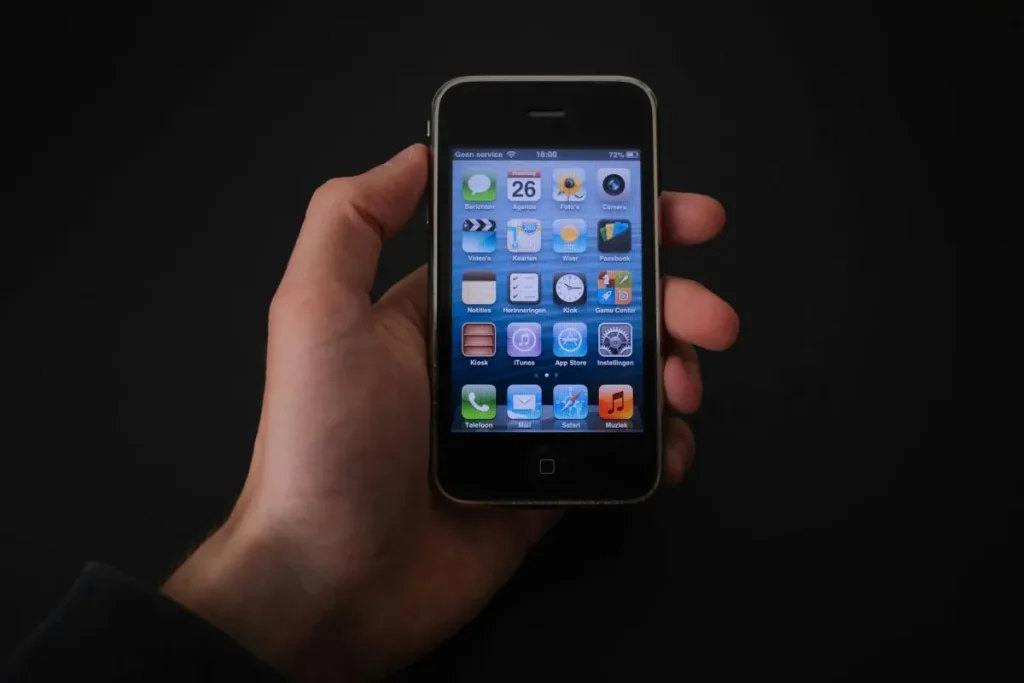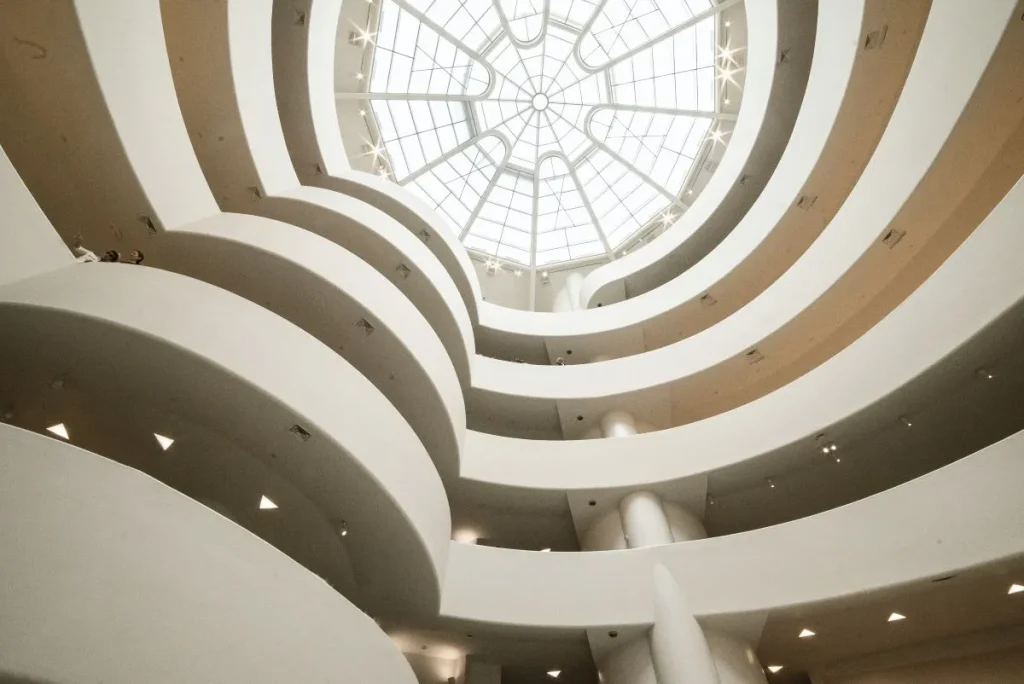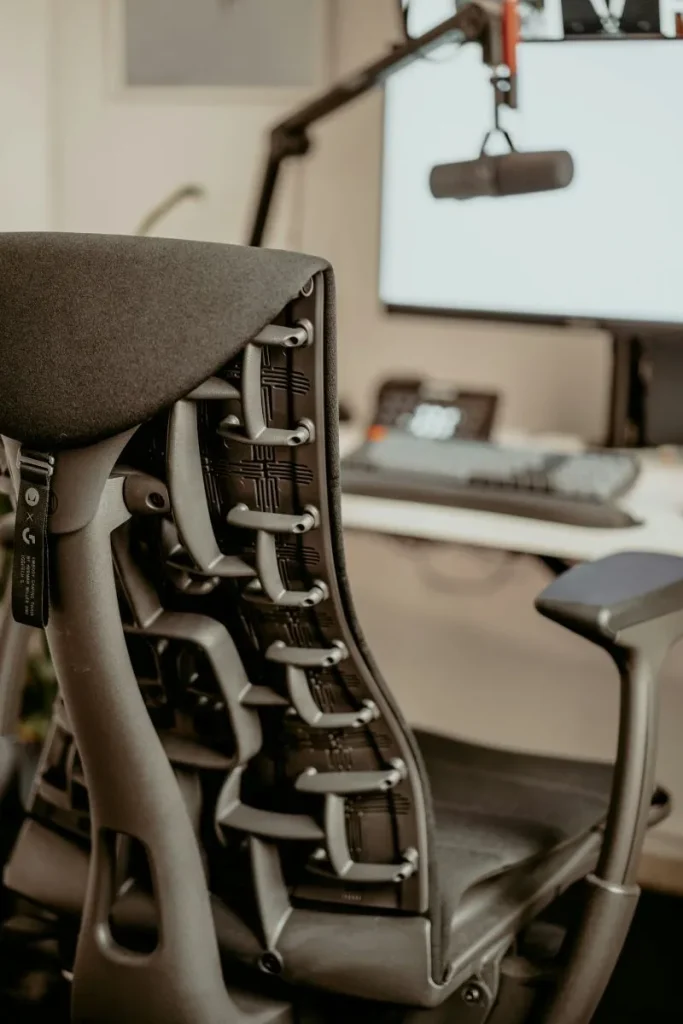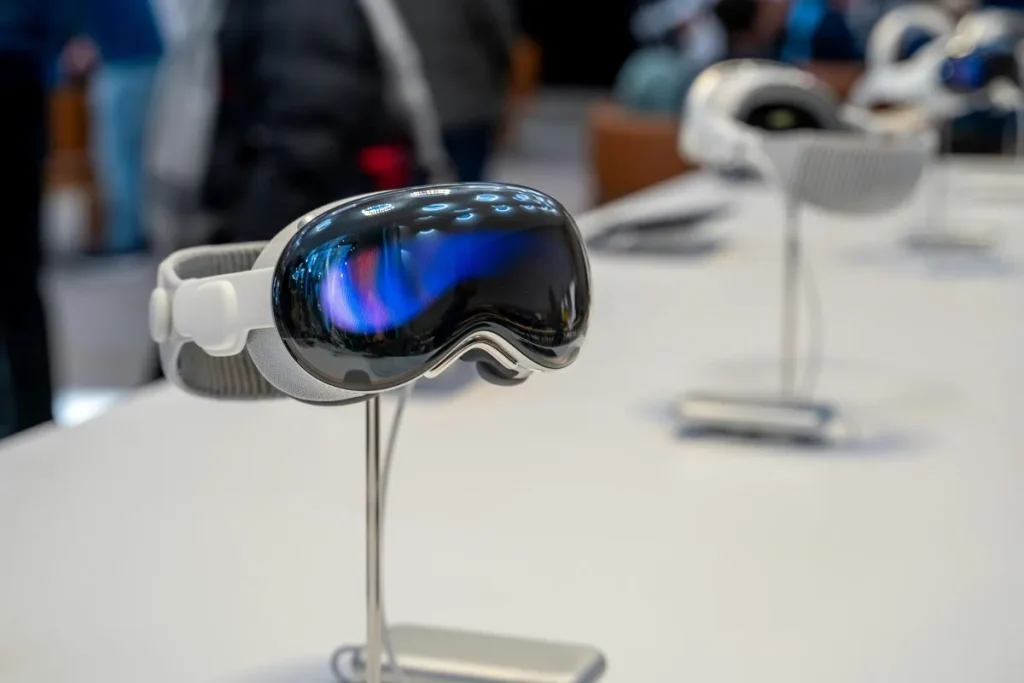Explore the essence of design, delving into the importance of form and function and how they merge across various design fields, as well as the impact of future design trends on this fusion.
Design, as a process of transforming creativity into reality, always revolves around the relationship between form (appearance) and function (purpose). From architecture to products, and to digital interfaces, every field of design is exploring how to perfectly combine aesthetics and practicality. This article will deeply explore the pathway to the fusion of form and function, and the significance of this fusion for future design trends.
The Definition and Importance of Design
Design is not just about shaping appearance; it is also a process of realizing function. It is both an art and a science, turning ideas into reality through creative thinking. The importance of design lies in how it affects our lives, from the spaces we live in to the products we use, and to the websites we browse. Design is everywhere, shaping our lifestyles and behavioral habits.
Historical Perspectives on Form and Function
Throughout history, the relationship between form and function has been evolving, reflecting the changing aesthetics, technologies, and cultural values of society. The late 19th century’s Arts and Crafts movement emphasized the beauty and individuality of handicrafts, advocating for designs that celebrated the art of craftsmanship. This movement reacted against the mass-produced goods of the Industrial Revolution, highlighting the importance of design that integrates both aesthetic appeal and functionality, but with a strong emphasis on the artistic expression and the quality of materials and workmanship.

In contrast, the 20th century ushered in Modernism, a design philosophy that championed the motto “form follows function.” Modernist designers argued that the shape of a building or object should be primarily based upon its intended function or purpose. This was a departure from ornamental design towards simplicity and efficiency. The Bauhaus school in Germany was a pivotal influence in this movement, merging art, craft, and technology to create functional designs that were also aesthetically pleasing, but in a more minimalist and utilitarian way.
An illustrative example of the Arts and Crafts movement is the Red House in Bexleyheath, England, designed by Philip Webb and William Morris. This house is notable for its use of natural materials, handcrafted details, and integration with the surrounding landscape, exemplifying the movement’s principles of beauty, craftsmanship, and harmony with nature.
On the modernist front, the Villa Savoye by Le Corbusier near Paris, France, serves as a quintessential example. Designed with an emphasis on function, the house features a minimalistic style, with a focus on clean lines, open spaces, and the integration of the building into its environment, showcasing the “form follows function” principle in action.
These historical perspectives on form and function have provided a rich source of inspiration and contemplation for designers. By understanding the merits and limitations of each viewpoint, designers can create works that not only meet the practical needs of users but also inspire with their aesthetic qualities, bridging the gap between the past and the future of design.
The Relationship Between Form and Function
The relationship between form and function, whether “form follows function” or “function follows form,” has been a long-standing debate in the design community. In reality, the most successful designs are often those where form and function complement each other, creating a harmonious balance that enhances the user’s experience and interaction with the product. This balance is crucial because it ensures that a design is not only aesthetically pleasing but also practical and functional.

One classic example of this balance is the design of the Swiss Army Knife. Its compact form factor cleverly conceals a variety of tools, each designed for a specific function. The knife’s design prioritizes function, with each tool being easily accessible and usable, yet its form is iconic and recognizable, demonstrating how form and function can coexist and enhance each other.

Another example can be found in modern architecture, such as the Sydney Opera House. Its distinctive sail-like shells are not merely a visual spectacle; they also serve an acoustic function, contributing to the exceptional sound quality inside the concert halls. This iconic building demonstrates how aesthetic considerations (form) and practical needs (function) can be integrated into a design that is both beautiful and functional.
These examples illustrate the importance of balancing form and function in design. By examining case studies like these, it becomes clear that the most successful designs are those that do not compromise on either aspect but instead find a way to merge them into a cohesive whole. This balance is what sets exceptional designs apart, making them not only functional but also aesthetically appealing and memorable.
Design Thinking and Innovation
Design thinking is a problem-solving approach that emphasizes empathy with users, focusing on understanding their needs, behaviors, and experiences to develop innovative solutions. This process involves five key stages: empathize, define, ideate, prototype, and test, allowing designers to explore a wide range of ideas and refine them through feedback and iteration. Design thinking goes beyond mere aesthetics or functionality; it seeks to create products, services, or systems that genuinely meet the users’ needs in innovative and effective ways.
Innovation within design thinking is not just about inventing new technologies; it’s about finding new ways to balance form and function, ensuring that products are not only useful but also intuitive and aesthetically pleasing. This balance often results in groundbreaking products that redefine user experiences and set new industry standards.

A prime example of design thinking and innovation in action is the development of the original iPhone by Apple. Before its introduction, mobile phones were primarily functional, focusing on features like battery life, signal strength, and durability. The iPhone, however, revolutionized the market by introducing a user-centered design that emphasized ease of use, aesthetics, and a seamless integration of hardware and software. Its development process relied heavily on understanding user needs, extensive prototyping, and testing to create a product that was both beautiful and highly functional, changing the smartphone industry forever.

Another example is the Dyson vacuum cleaner. Traditional vacuum cleaners were often cumbersome, difficult to maneuver, and aesthetically unappealing. James Dyson approached the problem with design thinking, focusing on improving the user experience by reinventing the vacuum’s form and function. The result was a vacuum cleaner with a unique ball technology for easier navigation, superior suction performance, and a distinctive, visually appealing design. Dyson’s innovation not only made vacuum cleaning easier and more efficient but also transformed vacuum cleaners into a design-forward product category.
These examples underscore the essence of design thinking and innovation: a relentless focus on the user, a commitment to iterative development, and a holistic approach to product design that equally values form, function, and user experience. Through this approach, designers can create solutions that are not only innovative and functional but also deeply resonate with users, enhancing their lives in meaningful ways.
Application of Form and Function in Different Design Fields
The fusion of form and function applies uniquely across various design fields, from the spatial organization of architecture to the ergonomic design of products and the user experience design of digital interfaces. This integration is crucial for creating designs that are not only aesthetically appealing but also highly functional and user-friendly. Each field faces its unique set of challenges and opportunities in achieving this balance, making the process both complex and rewarding.

In architecture, the blending of form and function is essential for creating spaces that are both beautiful and livable. The Guggenheim Museum in Bilbao, Spain, designed by Frank Gehry, is a prime example. The museum’s innovative and sculptural design does not just serve an aesthetic purpose but also enhances the visitor’s experience through its flowing spaces and natural light, making art viewing a unique and immersive experience. The building’s form and function work together to elevate both the art it houses and the urban landscape it inhabits.

In product design, ergonomic considerations are paramount, ensuring that products are comfortable, safe, and effective for users. The Aeron Chair by Herman Miller revolutionized office furniture by combining sleek, modern design with advanced ergonomics. Its form is shaped by its function—to provide support and comfort to the user for long periods. Through meticulous design and engineering, it offers adjustable settings to fit a wide range of body types, promoting better posture and reducing the risk of strain injuries.
In the realm of digital interface design, the fusion of form and function is vital for creating intuitive and engaging user experiences. The design of the Google search engine interface exemplifies this principle. Its clean, minimalist design prioritizes functionality, making it easy for users to understand and use, while its form communicates the brand’s values of simplicity and efficiency. The interface’s design has continually evolved, incorporating new functions and features without compromising its intuitive usability and aesthetic simplicity.
These examples illustrate the importance of integrating form and function across different design disciplines. By addressing the unique challenges and leveraging the opportunities within each field, designers can create solutions that not only meet the practical needs of users but also delight and inspire them aesthetically. This holistic approach to design ensures that products, buildings, and digital interfaces not only serve their intended purpose but also contribute to a more beautiful, functional, and user-centered world.
Design Trends and Future Outlook

As sustainable design and artificial intelligence continue to rise in prominence, the future of design is set to place a greater emphasis on environmental sustainability and the integration of technology. This shift necessitates designers to rethink the way form and function merge, ensuring that designs not only meet aesthetic and functional requirements but also contribute positively to environmental conservation and leverage technological advancements for better user experiences. One example is the integration of smart technologies in home design, not just for convenience but also to monitor and reduce energy consumption. Another is the use of biodegradable materials in product design, balancing aesthetic appeal with environmental responsibility. Designers are thus challenged to innovate within these parameters, creating solutions that are forward-thinking and responsive to the evolving demands of society and the planet.
Challenges and Opportunities in Design Practice
In the practical realm of design, maintaining a user-centered approach while adapting to technological advancements presents both challenges and opportunities for designers. This dual focus requires a continuous learning mindset and an innovative approach to design thinking. For instance, the rapid evolution of digital technologies challenges designers to constantly update their skills and knowledge to create interfaces that are both intuitive and leverage the latest technological capabilities. However, this also opens up opportunities for designers to push the boundaries of what is possible, creating more immersive, interactive, and personalized user experiences. The advent of virtual reality (VR) and augmented reality (AR) in design, for example, offers new ways to visualize spaces and products, allowing users to experience designs in a highly interactive and engaging manner. Similarly, the growing emphasis on inclusive design challenges designers to create products and spaces that are accessible to all, regardless of age, ability, or background, fostering a more inclusive society. These challenges, while daunting, encourage designers to explore new methodologies, tools, and concepts, ultimately driving innovation and leading to the development of designs that are not only functional and aesthetically pleasing but also socially responsible and inclusive.

Conclusion
In conclusion, the essence of design lies in the seamless fusion of form and function. This fundamental understanding allows designers to craft works that are not only aesthetically pleasing but also immensely practical, thereby enriching our lives in multifaceted ways. This delicate balance between beauty and utility reflects a deep understanding of human needs and environmental considerations, driving innovation and setting the direction for future design trends.
As society continues to evolve, the role of designers becomes increasingly complex and impactful. By integrating sustainable practices, embracing technological advancements, and prioritizing user-centered design, they can address the pressing challenges of our time while creating meaningful and lasting contributions to our built environment and product ecosystems. This approach to design does not just improve the functionality and appearance of objects and spaces but also enhances the overall quality of life, fostering a more sustainable, inclusive, and technologically integrated world.
Moreover, the ongoing dialogue between designers across different disciplines underscores the importance of collaboration and cross-pollination of ideas in pushing the boundaries of what is possible. As designers continue to explore new materials, technologies, and methodologies, the fusion of form and function will remain a central tenet of design philosophy, guiding the creation of innovative solutions that anticipate and meet the needs of future generations.
Ultimately, by mastering the art of blending form with function, designers not only contribute to the aesthetic and functional landscape of our lives but also take on a pivotal role in shaping the future of society. Through their creations, they have the power to inspire change, drive progress, and envision a world where design transcends mere aesthetics to become a catalyst for innovation and a beacon for sustainable and human-centric development.




